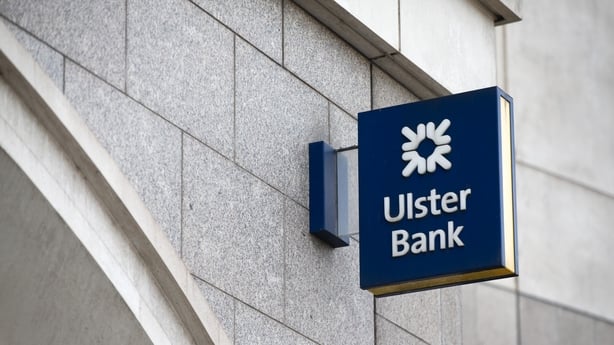NatWest has today reported a 33% jump in annual profit for 2022, as the boost from successive Bank of England rate rises outweighed provisions for troubled loans amid Britain's cost of living crisis.
NatWest reported pretax profit of £5.1 billion for the year, up from £3.8 billion the previous year and in line with analyst forecasts.
The UK state-backed lender announced a 10 pence per share final dividend and an £800m share buyback.
Britain's economy narrowly avoided a technical recession at the end of 2022, official data showed last week, but investors are wary soaring inflation will still squeeze households and lead to more loan defaults.
The bank set aside £337m over the year to cover potentially soured loans, but this was lower than the more than £400m figure analysts expected.
"Despite not yet seeing significant signs of financial distress among our customers, we are acutely aware that many people and businesses are struggling right now and that many more are worried about what the future holds," NatWest CEO Alison Rose said.
While higher rates hurt borrowers, lenders benefit from the widening gap between what they charge borrowers and pay savers.
NatWest's revenue leapt more than a quarter over the year to £13.2 billion, boosted by growth in its mortgage book.
NatWest owns Ulster Bank here, which is leaving the Irish market.
Over the last few months it has agreed deals with AIB for the sale of its commercial loans as well as its performing tracker and linked mortgages.
It has also agreed a deal with Permanent TSB for its performing non-tracker mortgages, the performing loans in the micro-SME business, the Ulster Bank Asset Finance business, including its Lombard digital platform, and 25 Ulster Bank branches.

Ulster Bank reported a total operating loss before tax of £985m for the year to the end of December, made up of £723m from continuing operations and £262m for discontinued operations.
This compares to a loss from continuing operations of £414m in 2021 and profits of £464m from discontinued operations.
Earlier this month the bank said that 126,000 accounts have been frozen since the departing lender began the process of winding down customers' use of its services in November.
A further 20,000 active accounts face the same fate as the customers who own them have failed to engage with the bank, despite having had at least six months to move and close them.
Ulster Bank claimed that 91% of its personal current accounts are now either closed, or have five or less transactions, a figure which increases to 95% when personal deposit accounts are included.
81% of business and commercial accounts are either closed, or have five or less transactions, it added.

